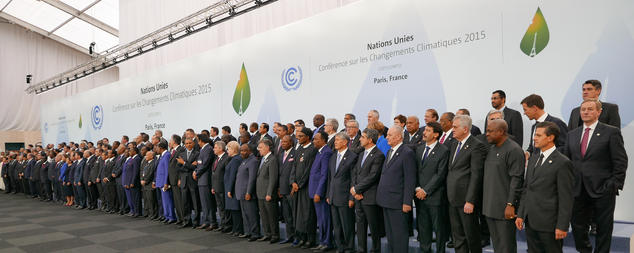What is the Paris agreement?
The Paris agreement is a legally binding international treaty on climate change. Its aim is to limit global warming to below 2 degrees Celsius compared to pre industrial levels while pursuing means to limit the increase to 1.5 degrees.
The Paris Agreement is a landmark environmental accord that was adopted by nearly every nation in 2015 to address climate change and its negative impacts.
The agreement includes commitments from all major emitting countries to cut their climate-altering pollution and to strengthen those commitments over time. The agreement provides a way for developed countries to thrive in their climate mitigation and adaptation efforts, and provides transparent monitoring, reporting and information on the individual and collective climate objectives of countries.

The role of cities, regions and local authorities
The agreement recognizes the role of non-Party stakeholders in addressing climate change, including cities, other sub national authorities, civil society, the private sector and others. They are encouraged to:
- Bring in more efforts and strengthen the actions to reduce emissions.
- Maintain and advance regional and international cooperation.
- Adapt well to adversity and reduce the vulnerability of climate change.
The European Union and other developed countries continue to provide support in order to reduce and build resilience in developing countries as well other countries are invited to continue providing the support voluntarily
The Katowice package.
Adopted at the UN climate conference (COP24) in December 2018, the Katowice rule-book contains more informative rules and procedures that operationlise the Paris Agreement. In order to meet its long term goals, it enables Parties to continuously improve their contributions in tackling the climate change.
Whats has been achieved so far.
Since the year of its entry, the Paris Agreement has already sparked low-carbon solutions and new markets.
More and more countries, regions, cities and companies are setting carbon neutrality goals. Zero-carbon solutions are competing in financial sectors that represent 25% emissions. This trend is very noticeable in the electrical and transportation sectors and has created many new business opportunities for early shippers. By 2030, zero carbon solutions could compete in areas that represent more than 70% of global emissions.
The European Union continues to show its global leadership by being at the forefront of international efforts to fight climate change.
